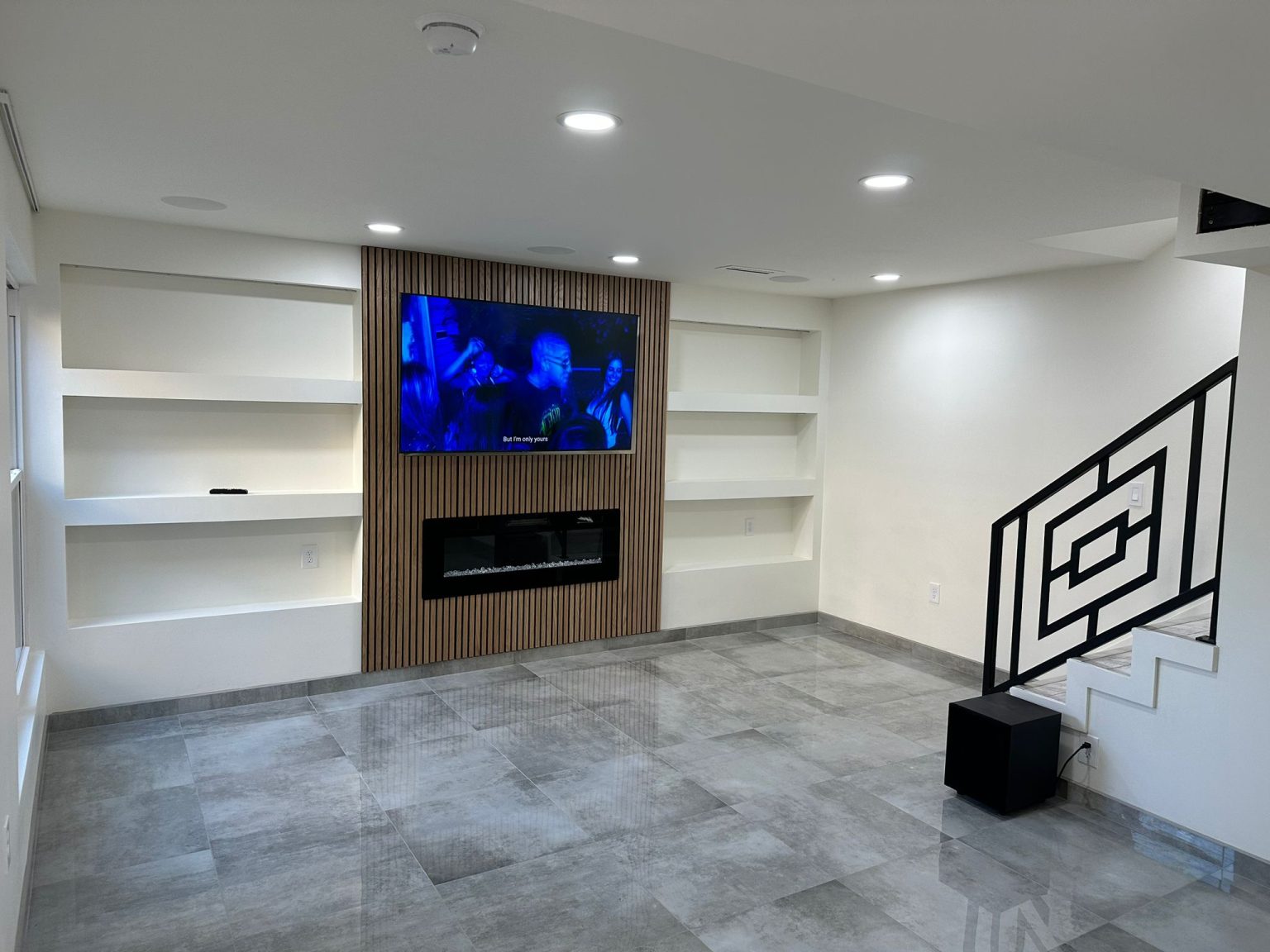Machine learning (ML) is transforming the healthcare industry, driving innovation in diagnosis, treatment, and patient care. By leveraging vast datasets, ML algorithms can uncover patterns and insights that would be nearly impossible for humans to identify. As a result, healthcare providers are experiencing unprecedented improvements in efficiency, accuracy, and patient outcomes. Coupled with the latest trends in health informatics, machine learning is shaping a new era of medicine.
Applications of Machine Learning in Healthcare
Disease Diagnosis and Early Detection
Machine learning has proven invaluable in diagnosing diseases such as cancer, cardiovascular conditions, and neurological disorders. For instance, ML-powered tools analyze medical imaging like X-rays, MRIs, and CT scans, detecting anomalies with accuracy rivaling or surpassing that of radiologists. Early detection facilitated by ML algorithms can significantly improve survival rates by enabling timely intervention.
Personalized Medicine
ML algorithms enable the analysis of genetic, lifestyle, and clinical data to design personalized treatment plans. This approach allows clinicians to tailor therapies to the individual, improving efficacy while reducing side effects. Pharmacogenomics, which studies how genes affect drug responses, is a key area where ML drives personalized medicine.
Predictive Analytics in Patient Care
Predictive models are used to forecast patient outcomes, such as the likelihood of readmissions, disease progression, or complications. Hospitals use these insights to allocate resources more effectively and intervene proactively, ultimately enhancing patient care and reducing costs.
Operational Efficiency
Beyond clinical applications, ML optimizes administrative processes, such as scheduling, billing, and patient flow management. Automating repetitive tasks allows healthcare professionals to focus on delivering care, improving overall system efficiency.
Health Informatics Trends Influencing Machine Learning
The integration of machine learning with health informatics trends has propelled the healthcare sector into a data-driven future. Key trends include:
Electronic Health Records (EHRs)
The widespread adoption of EHRs provides a goldmine of structured and unstructured patient data. ML algorithms analyze EHRs to identify disease patterns, track patient histories, and support clinical decision-making. Natural language processing (NLP) tools are also being used to extract valuable insights from unstructured physician notes.
Interoperability and Data Sharing
As healthcare systems move toward interoperability, the seamless sharing of patient data among providers is becoming more feasible. Machine learning models benefit from access to diverse datasets, improving their predictive power and generalizability across populations.
Wearable Technology and Remote Monitoring
Devices like smartwatches, fitness trackers, and medical-grade wearables collect real-time health data, such as heart rate, blood pressure, and glucose levels. ML algorithms process this data to detect irregularities, alert users to potential health risks, and enable remote patient monitoring.
Telemedicine and Virtual Care
Telemedicine platforms are leveraging ML to enhance remote consultations through features like symptom checkers and AI-driven triage tools. These innovations expand access to care, particularly for patients in remote or underserved areas.
Data Privacy and Security
With increasing concerns about patient privacy, ML models are incorporating advanced encryption and anonymization techniques. Blockchain technology is also being explored to secure health records and ensure data integrity.
The Future of ML in Healthcare
As machine learning continues to evolve, its potential in healthcare is boundless. Future advancements could include AI-driven drug discovery, robotic-assisted surgeries, and even more sophisticated predictive models. However, challenges remain, such as ensuring data quality, addressing ethical concerns, and reducing algorithmic biases.
Machine learning, in synergy with health informatics, is revolutionizing how healthcare is delivered. By harnessing its full potential, the industry can achieve better outcomes, improved patient experiences, and a more efficient system overall. The journey is just beginning, and the promise of ML in healthcare is nothing short of transformative.
Charting Hero is an AI-powered medical scribe that automates and streamlines medical documentation, allowing healthcare providers to focus more on patient care. Offering real-time, accurate transcription of medical dictations, ensuring compliance with healthcare standards, and integrates seamlessly with existing systems to enhance workflow efficiency. Learn more about AI Medical Scribe at https://chartinghero.com/

